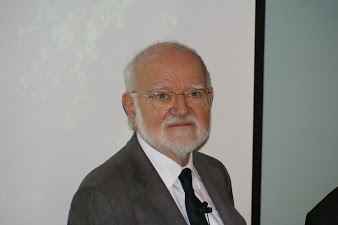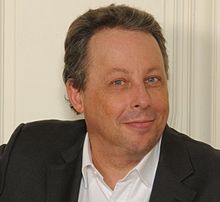SFBBM Session: The 100th anniversary of SFBBM, the French Society for Biochemistry & Molecular Biology
Saturday 30 August
14:00-17:00, Room 251, Level 2
The 2013 Dina Surdin Foundation Prize |
||||
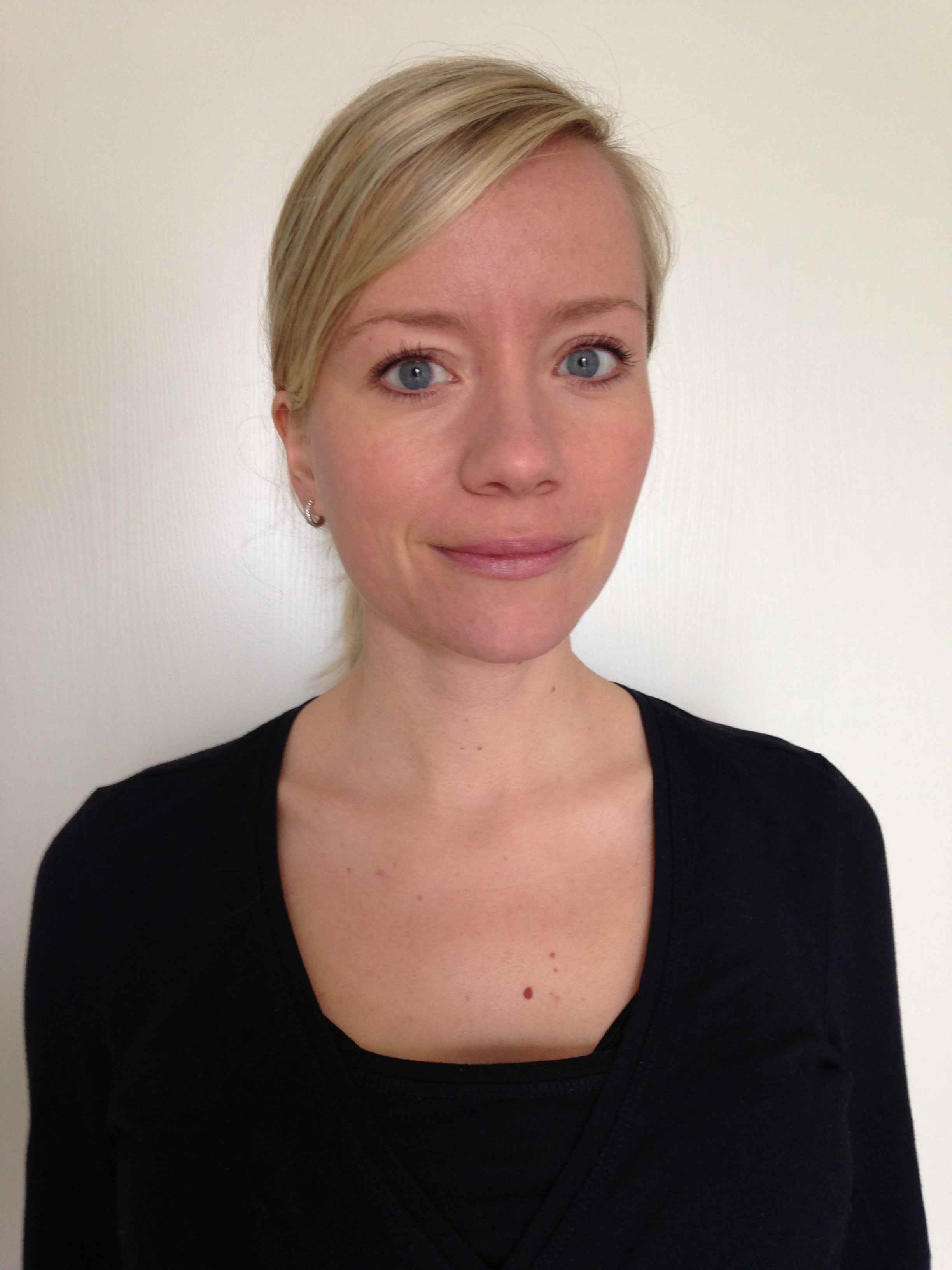 |
Supramolecular Protein Assemblies and Fibrils studied by Solid-State NMR Supramolecular protein assemblies are at the basis of numerous biological phenomena, often of high medical relevance. Their roles range from executing bacterial or viral infection in forms of nanomachines to depositing as fibrillar assemblies in neurodegenerative diseases. To understand the mechanisms of molecular assembly and to develop strategies for counteracting their effects, insights into the atomic structures are indispensable. Unfortunately, these supramolecular assemblies are extremely difficult to be addressed by conventional techniques in structural biology, such as X-ray crystallography and solution NMR, due to their poor solubility and their non-crystalline state. I will here present solid-state NMR structural studies to characterize the fibrillar assemblies of two prions as well as of synuclein and Tau amyloid fibrils, the hallmarks of Parkinson’s and Alzheimer’s disease respectively. Furthermore, I will show how solid-state NMR can be used to determine the structure of a bacterial secretion system needle. Biography Dr. Birgit Habenstein obtained her Diploma in 2008 from the Technical University Berlin. During her Ph.D in the group of Dr. Anja Böckmann at the IBCP (CNRS Lyon) and partially at the ETH Zürich in the group of Prof. Beat Meier she focused on structural studies of prions by solid-state NMR (2008–2011). She then moved for a short post-doc to the group of Prof. Beat Meier and joined in 2012 the group of Dr. Adam Lange at the MPI Göttingen as an EMBO post-doctoral fellow, working on supramolecular protein assemblies ranging from proteins involved in neurodegenerative diseases to bacterial infection machines.
|
|||
|
|
||||
The 2011 Maurice Nicloux Prizes |
||||
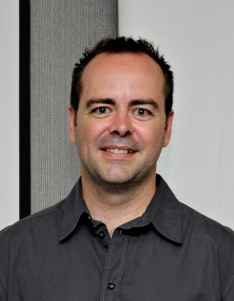 |
Patrice Dunoyer, FR In plants, RNA silencing regulates gene expression, heterochromatin formation and defence against viruses and transposons via small non-coding RNAs (sRNAs) with the ability to move from cell-to-cell and over long distance through the phloem. However, the factors that control the physical movement of sRNAs from incipient to recipient cells remain elusive. Using a forward genetic screen, we have identified a specific receptor-like kinase (RLK) that displays the expected attributes of a bona fide RNA silencing movement factor. Indeed, tissue-specific mutant complementation shows that it is dispensable for intracellular RNA silencing but mandatory for its non-cell autonomous effects. Furthermore, expression and subcellular localization studies are consistent with its role in cell-to-cell silencing spread via plasmodesmata. Finally, our findings that virus infection occurs significantly more rapidly in the rlk mutant background than in wild-type plants agrees with the notion that mobile sRNAs act as immunizing agents during antiviral silencing. Various models regarding the possible mode(s) of action of this RLK will be discussed. This work was supported by the Agence Nationale pour la Recherche (grant ANR-10-LABX-0036_NETRNA), the Bettencourt-Schueller foundation and core funding from the ETH-Z.Biography Patrice Dunoyer has been DR2-CNRS since 2012 and Group Leader since 2011 in Team “RNA in the iology” Department "Molecular Mecanisms of Phenotypic Plasticity" at Institut de Biologie Moléculaire des Plantes du CNRS (IBMP-CNRS), UPR2357. |
|||
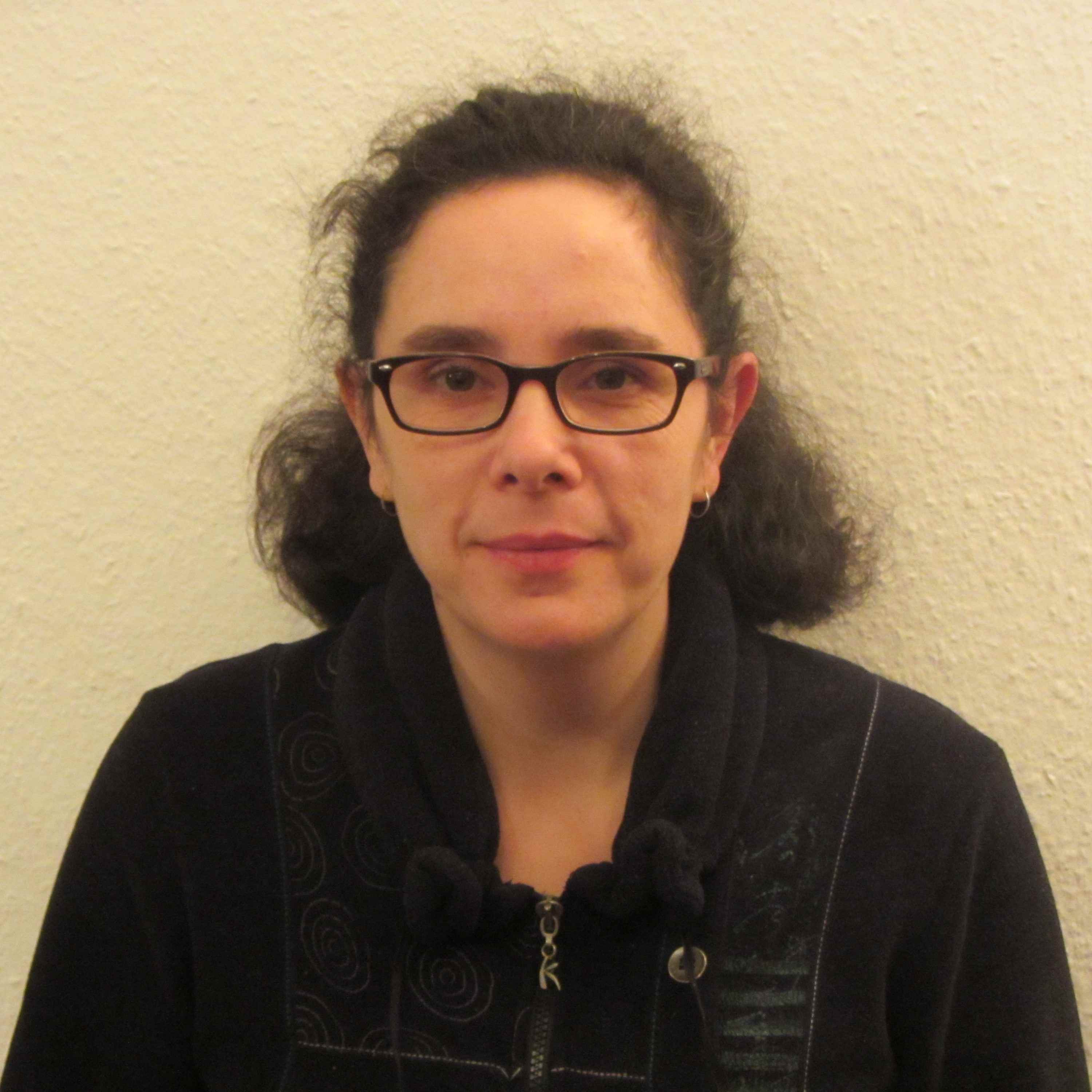 |
Annabelle Varrot, FR
Lectins: targets for new anti-infectious Lectins are a widespread class of carbohydrate binding proteins implicated in numerous biological processes such as tissue cohesion or fertilization and in particularly in host- pathogen interactions. Lectins often mediate the initial keys steps in microbial infections: host glycoconjugates recognition and adhesion.1 Interfering with lectin binding would hinder pathogen adhesion to the host and hence prevent infection. Lectins have therefore attracted high interest as targets for the development of glycocompounds as new anti-infectious.2 The latest are designed to mimick the natural ligand and enter in competition with the host glycoconjugates in order to fool the pathogen in antiadhesive therapeutical strategies, cf figure. Their design requires first the identification of the lectins and glycoconjugates involved. Then a detailed characterization of their interaction at a molecular level is essential to better understand the host recognition and pathogenesis mechanisms. It is performed using structural glycobiology: a multidisciplinary approach from gene to 3-D structure. Lectins of opportunistic pathogens from bacterial and fungal origins and responsible for pulmonary infections such are Pseudomonas aeruginosa and Aspergillus fumigatus4are under scrutiny.3 Several glycocompounds have already shown potential as anti-infectious. Biography Annabelle Varrot is a structural glycobiologist with particular interest in interactions between proteins and carbohydrates. From 1997 to 2003, she dissected the catalytic mechanisms of glycoside hydrolases by X-ray crystallography in the group of Prof. Gideon J. Davies, receiving her PhD from the University of York in 2001. After postdoctoral research at EMBL, Grenoble, she integrated the French National Center for Scientific Research (CNRS) in 2005 and became permanent researcher in the Molecular Glycobiology group at CERMAV (Centre de Recherches sur les Macromolecules Végétales), Grenoble. Her research is focused on lectins and their interactions with glycoconjugates. Above all, she is characterizing lectins from opportunistic bacteria and fungi in order to both gain knowledge on the molecular basis of pathogen-host recognition and design new anti-infectious compounds. Annabelle Varrot won the Maurice Nicloux Prize 2011. |
|||
|
|
||||
The 2013 Maurice Nicloux Prizes |
||||
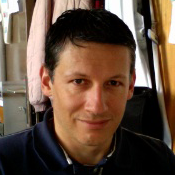 |
Franck Martin, FR Replication-dependent histones are exclusively and massively produced during the S-phase of the cell cycle. These proteins are expressed from a dedicated non-canonical subclass of mRNA, which do not undergo splicing and contain unusually short UTRs. In addition histone mRNA lack a polyA tail at their 3’ extremity but instead end in a highly conserved hairpin structure. Our laboratory has shown that histone H4 mRNA translation is using a novel hybrid initiation mechanism that combines canonical with IRES-like features. Indeed, the H4 mRNA coding region contains two RNA elements that guide the tethering of the ribosome onto the AUG start codon in a cap-dependent manner but without any scanning step (Martin et al., 2011). By using a novel pull-down method developed in our laboratory, we purified H4 mRNA-programmed translation initiation complex from rabbit reticulocyte lysates (Prongidi-Fix et al., 2013). Using Cryo Electronic Microscopy we determined the 3D structure of H4 mRNA-ribosome complex. Additional density corresponding to H4 mRNA at the entry of the mRNA channel reveals a direct interaction with 18S ribosomal RNA (rRNA). This interaction drives the positioning of the AUG start codon in the P-site of the ribosome, explaining the lack of scanning step during this novel translation initiation mechanism. This is the first example of a eukaryotic ribosome positioning by a direct interaction between a eukaryotic mRNA and the 18S rRNA. The interaction with the 18S rRNA occurs downstream of the AUG start codon in the vicinity of the mRNA entry channel. Biography Franck Martin’s scientific work has been devoted to structural and functional studies of RNA and proteins involved in various steps of mRNA metabolism. He was the first to use successfully the yeast three-hybrid1,2 approach that allowed him to characterize the gene coding for SLBP (Stem-loop Binding Protein)3, a protein required for histone mRNA biosynthesis4. Since 2001, he is a member of the group lead by Gilbert Eriani at IBMC (Strasbourg) in the ‘ARN’ department. His main research interest is focused on translation initiation mechanism in higher eukaryotes. In this context, he studied the translation of the cell-cycle dependent histone mRNA. Using this mRNA as a model, he discovered a new translation initiation mechanism called “ribosome tethering” that combines canonical features with viral mechanisms driven by IRES (Internal Ribosome Entry Site)5. This hybrid mechanism is dedicated to the highly efficient recruitment of the ribosome on the histone mRNA in order to produce the massive amount of histones required after cell division. |
|||
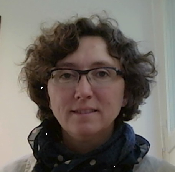 |
Sophie Rahuel-Clermont, FR
Enzymology of the regulation of thiol peroxidases by Sulfiredoxin in hydrogen peroxide- dependent cellular redox signaling Due to its oxidant properties, hydrogen peroxide (H2O2) can act both as a toxic molecule and as a cellular messenger. Mechanisms of H2O2-dependent signaling generally rely on thiol chemistry and involve specific protein sensors like thiol-peroxidases. The peroxidatic cycle of these enzymes involves reaction of the catalytic Cys residue with H2O2, which results in the reduction of H2O2 into H2O, and in the formation of a reactive sulfenic Cys-SOH intermediate. The fast kinetics of this reaction are responsible for the high efficiency of the peroxidase activity and for their ability to act as an H2O2 sensor and relay. In addition, typical 2-Cys-peroxiredoxins (2-Cys Prxs) constitute an important subclass of thiol peroxidases that are sensitive to H2O2- mediated hyperoxidation of the to the sulfinic acid (Cys-SO2H) form. This unique property, that could endow 2-Cys Prxs with new cellular functions, is reversed by ATP-dependent reduction by sulfiredoxin (Srx). We are interested in the molecular enzymology of thiol peroxidase regulation and signaling. In particular, we have investigated the mechanism of the ATP-dependent reduction of hyperoxidized 2-Cys Prxs catalyzed by Sulfiredoxin, which involves a unique enzymatic chemistry. Using kinetic approaches coupled to the characterization of intermediate species, we analyzed the different steps of the mechanism, and addressed the role in vivo of the cellular redox systems thioredoxin and glutathione in the catalytic cycle of Sulfiredoxin. Biography to follow |
|||
|
|
||||
The 2013 Paper of the Year |
||||
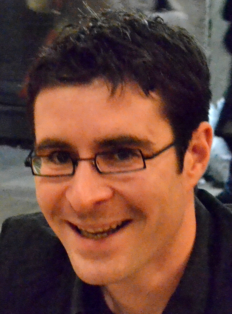 |
Paul Guichard, FR
Native Architecture of the Centriole Proximal Region Reveals Features Underlying Its 9-Fold Radial Symmetry Biography Paul Guichard obtained his phD from the Curie Institute (FR) in 2010 and joined Pierre Gonczy's laboratory at the EPFL (CH) as a postdoctoral fellow in 2011. His work focuses on deciphering centriole assembly using biochemistry and cryo-electron tomography. |
|||
Concluding remark |
|
|
|
Frédéric Dardel, FR
|



